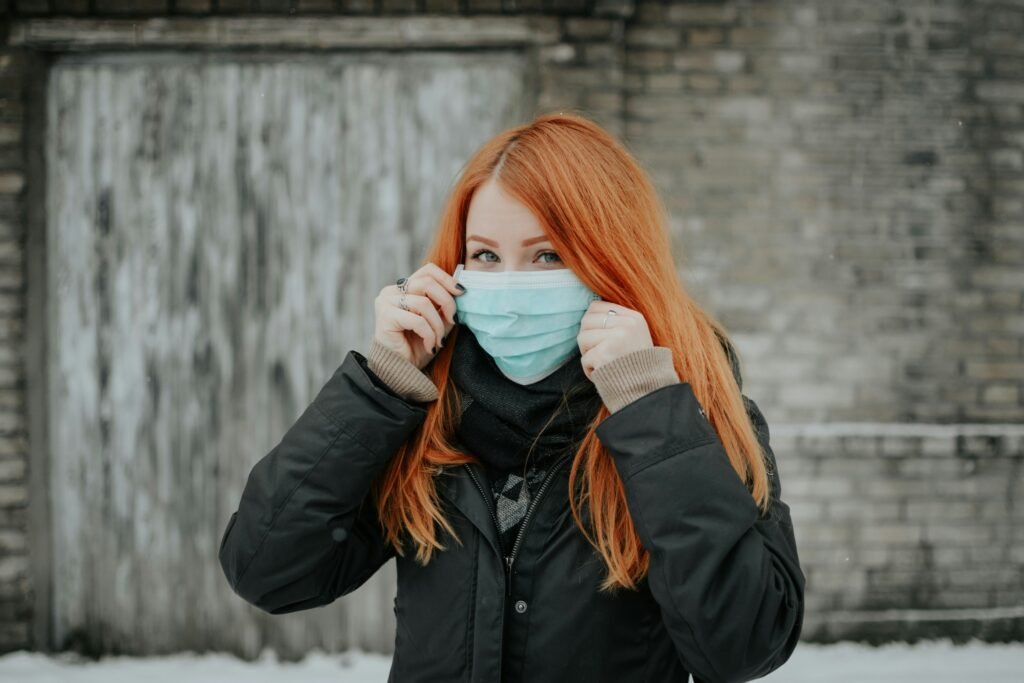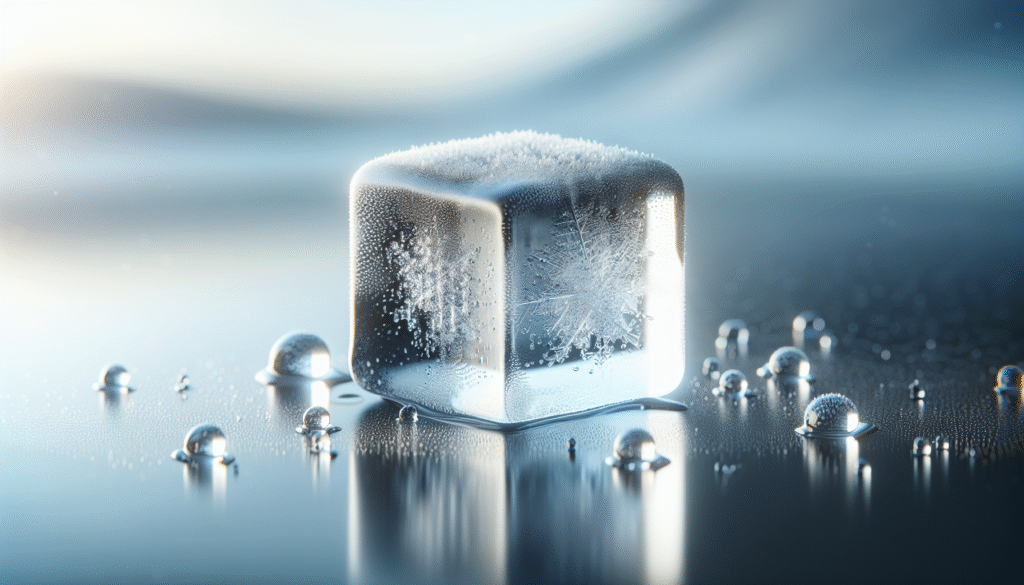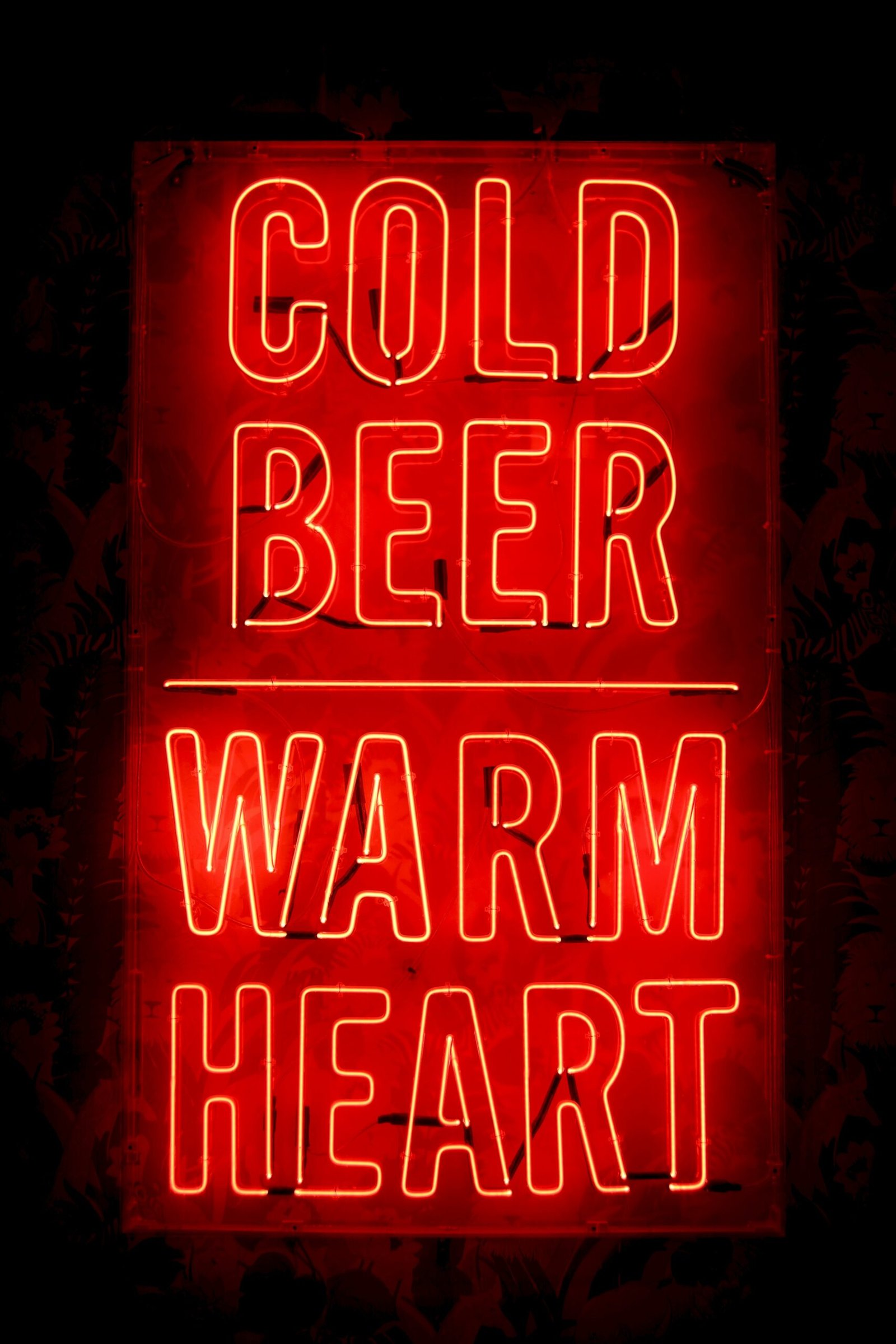Have you ever experienced that refreshing jolt after jumping into a cold pool or taking a chilly shower? It’s not just in your head; there’s a fascinating science behind how cold therapy can boost your mood. If you’re curious about why that icy blast makes you feel exhilarated, keep reading as we unpack the intricate relationship between cold exposure and your mental well-being.
Understanding Cold Therapy
At its core, cold therapy, also known as cryotherapy, involves exposing your body to low temperatures for therapeutic purposes. This practice can take various forms, from ice baths to cryo chambers. For centuries, cultures around the world have recognized the benefits of cold exposure, but what exactly happens in your body during these chilly encounters?
How Cold Affects Your Body
When you expose your body to cold, several physiological changes occur:
- Vasoconstriction: Your blood vessels constrict, reducing blood flow to the skin and extremities. This response helps conserve body heat but also triggers other bodily responses.
- Endorphin Release: Cold exposure can stimulate the release of endorphins—those feel-good chemicals your body produces to relieve pain and induce happiness.
- Cortisol Decrease: Cold therapy can reduce levels of cortisol, the stress hormone, helping you feel more relaxed and uplifted.
Understanding these mechanisms gives you a clearer picture of how cold therapy can be more than a physical challenge.
The Psychology of Cold Therapy
The experience of cold therapy goes beyond the physical realm. You might wonder, how does it impact your mind? Let’s break down the psychological benefits.
Mood Enhancement
Cold therapy has been associated with mood enhancement, and it often stems from both physiological and psychological aspects.
- Increased Alertness: The initial shock of cold can wake up your senses and make you feel more alert and focused.
- Mindfulness: Engaging in cold exposure requires you to be present in the moment, which instills mindfulness that can translate to an uplifted mood.
- Resilience Building: Overcoming the discomfort of cold can foster a sense of accomplishment and resilience, which can boost overall well-being.
When you emerge from a cold exposure, it’s not uncommon to feel a wave of euphoria. It’s a powerful combination of body and mind at work.
Overcoming Negative Emotions
Cold therapy can also help combat negative emotional states. Whether you’re dealing with anxiety, stress, or depression, you might find that cold exposure can be an effective coping mechanism.
- Anxiety Calming: Cold exposure can serve as a physical shock that interrupts the cycle of anxious thoughts, providing a moment of clarity and calm.
- Stress Relief: By reducing cortisol levels, cold therapy can help alleviate stress, making you feel more at ease.
- Depression Alleviation: Some studies suggest that cold exposure can increase serotonin levels, potentially relieving symptoms of depression.
If you’ve ever engaged in an icy plunge during a tough time, you likely experienced a renewed sense of relief.

The Science Behind the Chill
Understanding the science behind cold therapy can help demystify why it has such an impact on your mood. Let’s dig deeper into the studies and theories supporting this phenomenon.
Neurobiological Responses
Cold exposure triggers specific neurobiological responses that can elevate your mood.
| Neurochemical | Effect |
|---|---|
| Endorphins | Pain relief and euphoria |
| Serotonin | Mood stabilization |
| Norepinephrine | Increased focus and energy |
Each of these neurochemicals plays a vital role in how you feel. Endorphins, for instance, create a sense of well-being, while serotonin helps regulate mood—working together to promote an overall feeling of happiness.
Physiological Adaptations
Your body also adapts to cold exposure over time, which can contribute to increased resilience and improved mood.
- Improved Circulation: Regular cold exposure can enhance blood flow, leading to better oxygenation of the brain.
- Immune Response: Cryotherapy has been shown to stimulate the immune system, which can contribute to overall well-being.
- Increased Metabolism: Engaging with cold can boost metabolism, resulting in higher levels of energy and vitality.
Over time, these adaptations may make you more resilient to stress and better equipped to handle life’s challenges.
Different Methods of Cold Therapy
There are numerous ways to experience cold therapy, and finding the right method for you can enhance your mood-boosting experience.
Ice Baths
Ice baths are often used by athletes after intense workouts but can also serve therapeutic purposes for everyone. Immersing yourself in ice-cold water can quickly elevate your endorphin levels and offer immediate relief from muscle soreness while also lifting your mood.
Benefits
- Reduces inflammation
- Promotes recovery
- Enhances mood through endorphin release
Cold Showers
If jumping into a full-blown ice bath seems daunting, you might find cold showers a more accessible option. Start your day with a cold shower to gently invigorate your senses and kick-start your mood.
Benefits
- Energizes your morning routine
- Increases alertness and focus
- Provides a sense of accomplishment
Cryotherapy Chambers
Cryotherapy chambers expose your body to extreme cold for a short, controlled duration—typically between two to four minutes. This method is gaining popularity in wellness centers and offers a rapid method of achieving the benefits of cold exposure.
Benefits
- Quick mood elevation
- Efficient recovery from muscle strain
- Boosts metabolic rate

Safety Considerations
Before you jump into the world of cold therapy, there are some safety considerations to keep in mind. You want to ensure that your journey into cold exposure is beneficial rather than harmful.
Know Your Limits
Always listen to your body. If you feel pain beyond the initial shock, it’s essential to ease off. Cold exposure should create invigorating sensations, not overwhelming discomfort.
Consult a Professional
If you have underlying health conditions, it’s wise to consult a healthcare professional before starting cold therapy. They can offer tailored advice based on your specific health needs.
Hydration is Key
Your body reacts differently to cold when you’re well-hydrated. Ensure you’ve been drinking enough water, as dehydration can increase the risks associated with cold exposure.
Incorporating Cold Therapy into Your Routine
Creating a routine around cold therapy can maximize its benefits. You might be wondering how to effectively integrate it into your lifestyle.
Start Small
If you’re new to cold exposure, start small. Consider ending your showers with a brief burst of cold water for 30 seconds to a minute. Gradually increase the duration as your tolerance builds.
Consistent Practice
Aim for consistency. Incorporating cold therapy three to four times a week can help solidify the mood-boosting effects over time. You may find that you start looking forward to these chilly encounters.
Combine with Other Practices
For optimal mental health benefits, combine cold exposure with other mood-boosting practices. Activities such as meditation, exercise, or mindfulness can create a well-rounded wellness routine.

Personal Experiences and Anecdotes
There’s something to be said for the anecdotal evidence surrounding cold therapy. If you’ve ever taken a leap into cold water or submerged yourself in ice cubes, you might have a story to share about how it affected your mood.
Community Insights
Many people in the wellness community share their transformational experiences with cold therapy. From athletes who swear by ice baths for recovery to individuals battling mood disorders, personal accounts reveal a vast landscape of benefits.
- The Runner’s High: Runners often report a surge of happiness post-cold bath, describing it as a rush that goes beyond physical recovery.
- Stress Relief Stories: Individuals managing anxiety have found solace in cold exposure, claiming that it provides a momentary escape from racing thoughts.
These personal narratives highlight the diverse ways cold therapy can influence mood and well-being.
The Future of Cold Therapy in Mental Health
As research continues to evolve, the future of cold therapy may play a significant role in mental health treatments. It’s essential to keep an eye on emerging studies and techniques that further illustrate its benefits.
Growing Research Base
In recent years, scientists have dedicated time to understanding the broader implications of cold exposure on mental health. The potential is vast, and continued research may yield more tailored therapeutic options.
A Shift in Mental Health Practices
Cold therapy may complement traditional mental health approaches, offering a holistic alternative to medication and therapy sessions for some individuals. As awareness grows, more mental health professionals might incorporate it into treatment plans.

Conclusion
If you’re open to trying cold therapy, a world of mood-boosting benefits awaits you. Embrace the chill, whether through ice baths, cold showers, or cryotherapy. As you step into the world of cold exposure, you might find that the euphoric sensations and psychological advantages offer more than just a refreshing experience—they could become a vital part of your mental wellness toolkit.
So, the next time you feel winter’s chill, or you contemplate the coldness of a shower, remember that this might be more than a fleeting discomfort. Perhaps, it’s an invitation to elevate your mood and resist life’s stresses with a splash of icy resilience.

